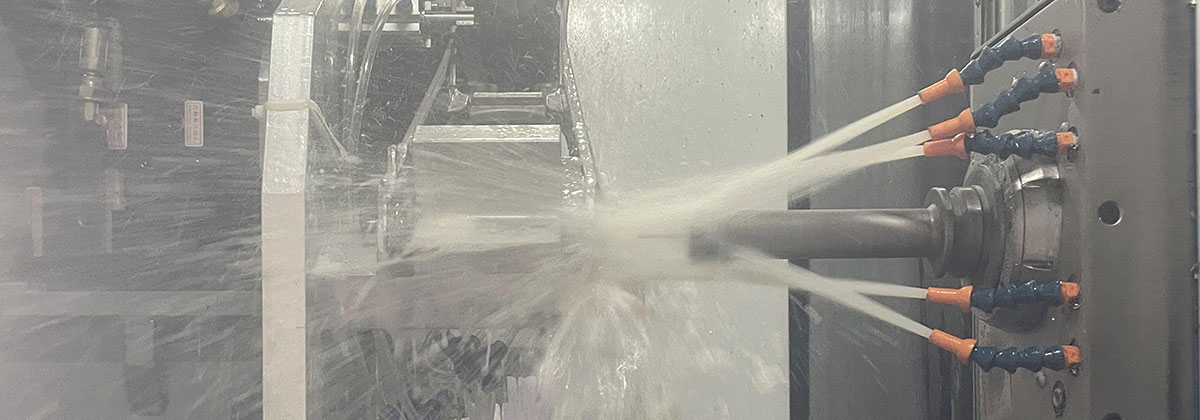Die casting is a manufacturing process in which molten metal is injected into a steel mold under high pressure. The mold, or die, is designed to create a specific shape, and the metal solidifies quickly in the mold to create a part or product. Creating a die casting mold is a crucial step in the die casting process, as it determines the quality and accuracy of the final product.
The first step in creating a die casting mold is to design the part or product that will be produced. This involves determining the desired shape, size, and features of the part or product, and designing a mold that can create that shape. The design may be created by hand or using computer-aided design (CAD) software, depending on the complexity of the part or product.
Once the design is complete, the next step is to create a pattern or model of the part or product. This may be done using a variety of materials, including wood, plastic, or metal. The pattern is used to create the mold cavity in the steel mold, so it must be precise and accurate.
Once the pattern is complete, the mold can be created. The mold is usually made of two steel plates, called the mold halves, that are bolted together. The mold cavity is created by cutting the pattern into the steel plates, which are then polished to a smooth finish.

After the mold is complete, it must be prepared for use. This involves applying a release agent to the mold cavity to prevent the molten metal from sticking to the mold. A gate, or channel, is also created in the mold to allow the molten metal to flow into the mold cavity.
Once the mold is prepared, the die casting process can begin. The mold is clamped shut, and molten metal is injected into the mold under high pressure. The metal solidifies quickly in the mold, and the mold is opened to release the finished product. The process can be repeated many times to create multiple parts or products.
Creating a die casting mold is a complex process that requires skill and expertise. The quality of the mold is crucial to the success of the die casting process, as any imperfections in the mold can result in defects in the finished product. By carefully designing, creating, and preparing the mold, manufacturers can ensure that the die casting process produces high-quality, precise parts and products.
-

- high precision die-casting steering wheel for automotive
-

- Magnesium alloy die-casting LED display frame
-

- Slitina hořčíku Tixomulační díly pro skříň stroje na odsávání kyslíku
-

- Výrobce OEM tlakových odlitků vyrábí automobilovou palubní desku z hořčíkové slitiny
-

- Magnesium alloy die-casting Auto parts headlight frame
-

- Tixomulační lití z hořčíkové slitiny odlévání dílů UAV

 0086-750-5616188
0086-750-5616188 +86 13392089688
+86 13392089688 sales@zhongmei-tech.com
sales@zhongmei-tech.com







